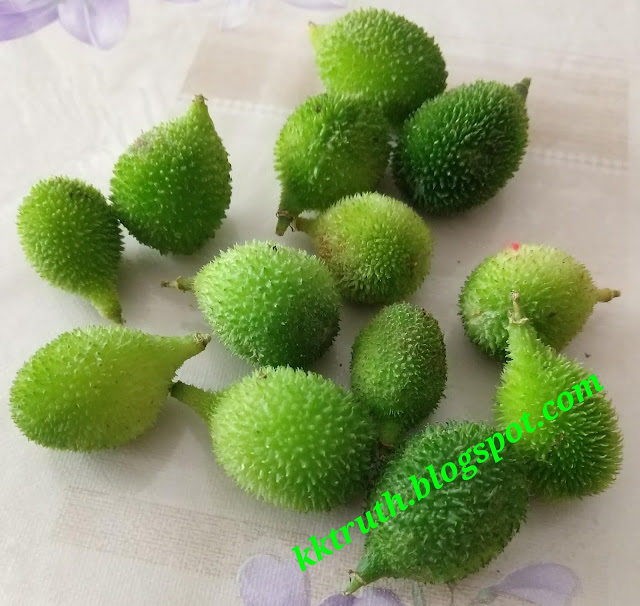Many times we buy branded coffee from our local shop thinking that these packets contain only coffee, may be refined but coffee only. But It is not true. If you see the ingredients on the packing there may be something else also. Generally, you will find Chicory mixed with coffee in varying percentage. But what is chicory? Coffee and chicory are different things. The first difference is coffee is obtained from roasting and grinding the coffee beans while chicory powder is obtained from mincing, roasting and grinding chicory roots. The second difference is coffee contains caffeine but not the chicory.
The chicory powder when brewed tastes like coffee but has flavors something like nutty and woody. It is said that chicory got popular in the year 1800s when there was a massive coffee shortage in France. The chicory was found to be a good substitute. They started mixing chicory in the coffee to reduce the costly coffee and it remained popular even after the coffee shortage ended. Chicory is also taken by those people who want to reduce the caffeine intake.
Apart from the taste, it may have some other health benefits like decreased blood sugar, reduced inflammation and improved digestion. Some studies say that chicory improves bowel function and reduce constipation.
I searched Amazon for coffee and found mainly these types of coffee mixes:-
1. 100% pure coffee
See the yellow ring in the picture on the left. 100% pure coffee is marked on it. You can find it on this link - https://amzn.to/2B3uZHp
There is another brand also on Amazon which is marked 100% pure coffee. See the yellow circle and the arrow on the picture at right. It's Link is-https://amzn.to/2MnPbIq
You can find many other 100% pure coffee if you search the site.
2. Coffee mixed with chicory
There are mixed coffees also with different percentage of chicory. Some have 40% chicory while some have 20%.
See the picture on left. While it is written that it has - RICH FILTER COFFEE POWDER, but see the yellow circle at the bottom where it has mentioned the composition as 80% coffee, 20% chicory.
It's link is-https://amzn.to/2B7n8se
 Here is another coffee which is chicory mixed. They have mentioned it on the packet as 60% coffee, 40% Chicory.
Here is another coffee which is chicory mixed. They have mentioned it on the packet as 60% coffee, 40% Chicory.
See the picture on right.
It's link is-https://amzn.to/2vC1zuQ
Some brands have even different types of coffee beans like Arabica and Robusta mixed with chicory powder. One of the brands has this mix in Coffee-63%, Chicory - 37%. They have named it as Tribal Coffee. Its link is - https://amzn.to/2w35Gzi.
3. Chicory root powder
There is also pure chicory root powder for sale. See the picture at left. Written on the packet is -
All Natural caffeine-free & gluten free CHICORY ROOT POWDER. It's link is-https://amzn.to/2w6JHHA
Those people who want to avoid the caffeine can take this.
Those who want to try taste different coffee-chicory mix to get a suitable mix for best taste- may buy one 100% pure coffee and another 100% Chicory powder and try tasting it in different ratios.
Happy Coffee Day!
===<<<O>>>===





